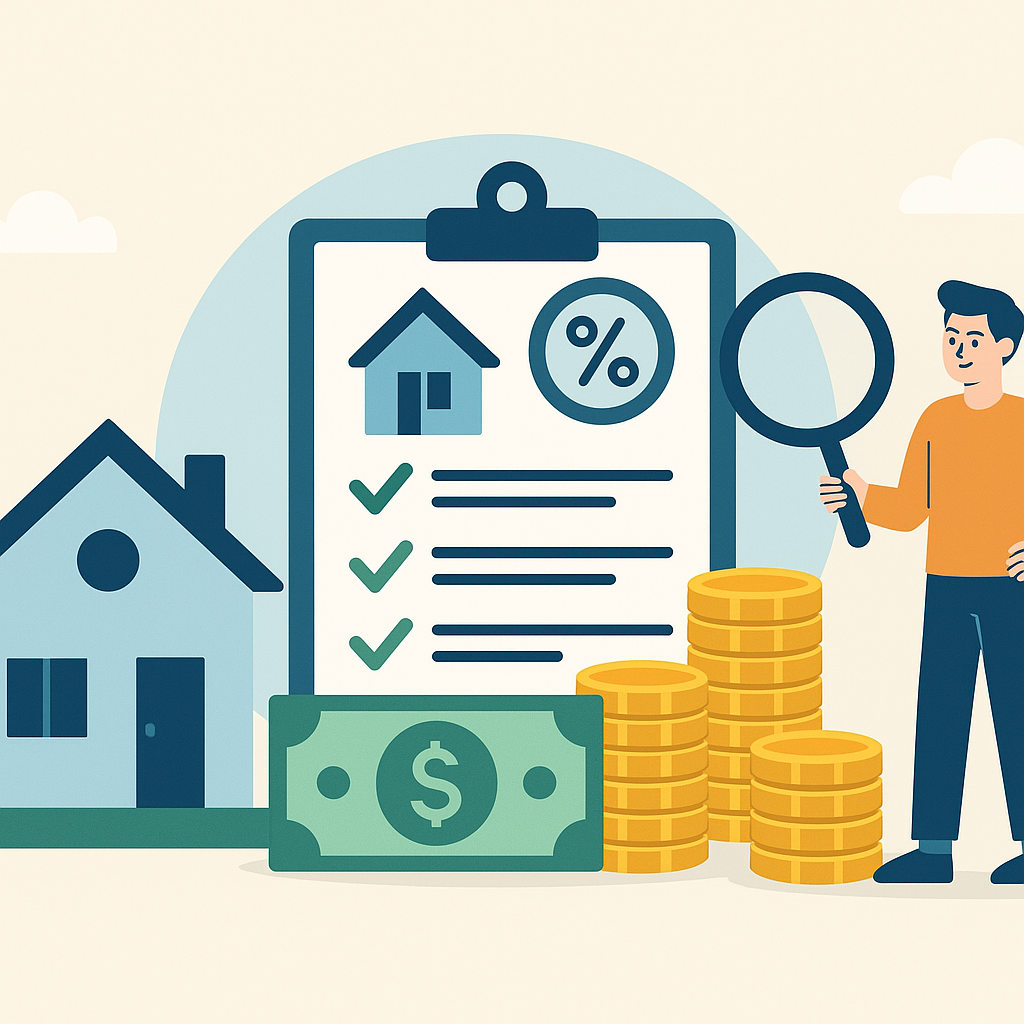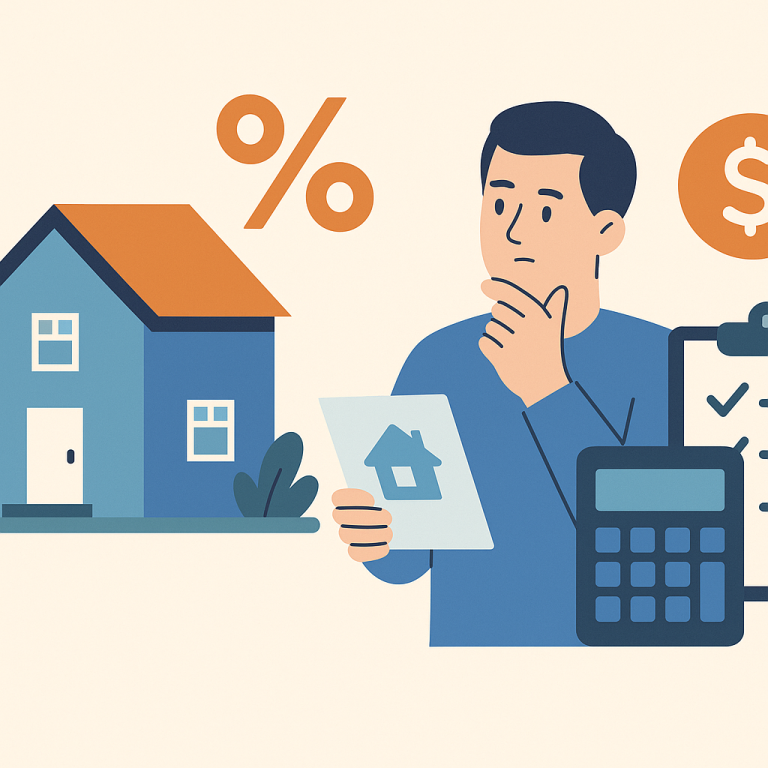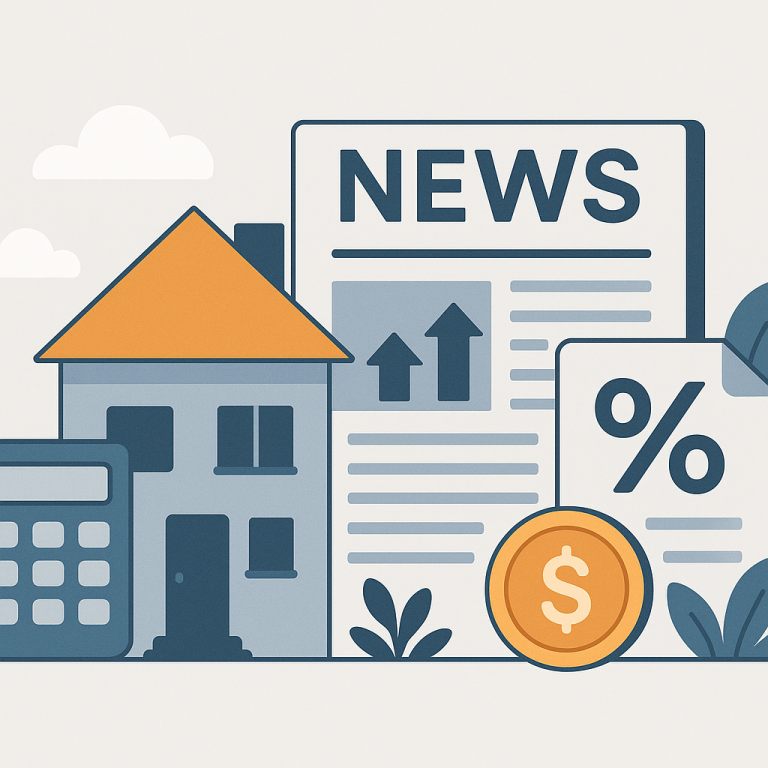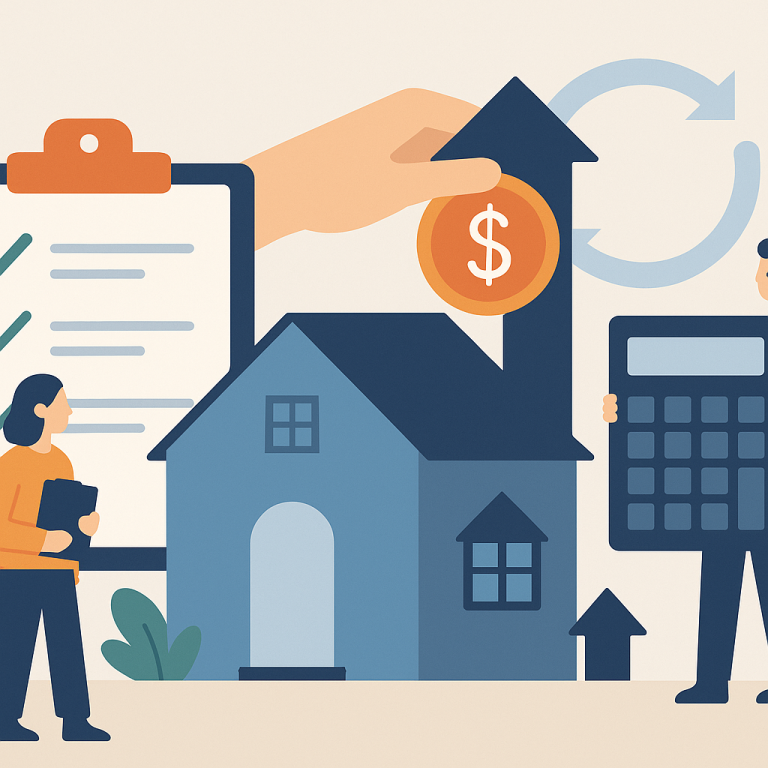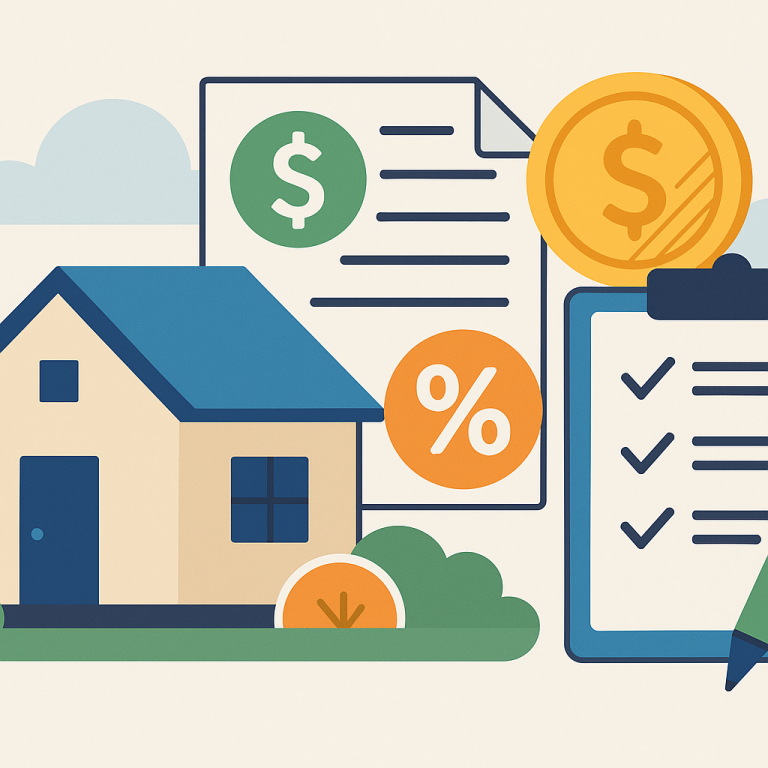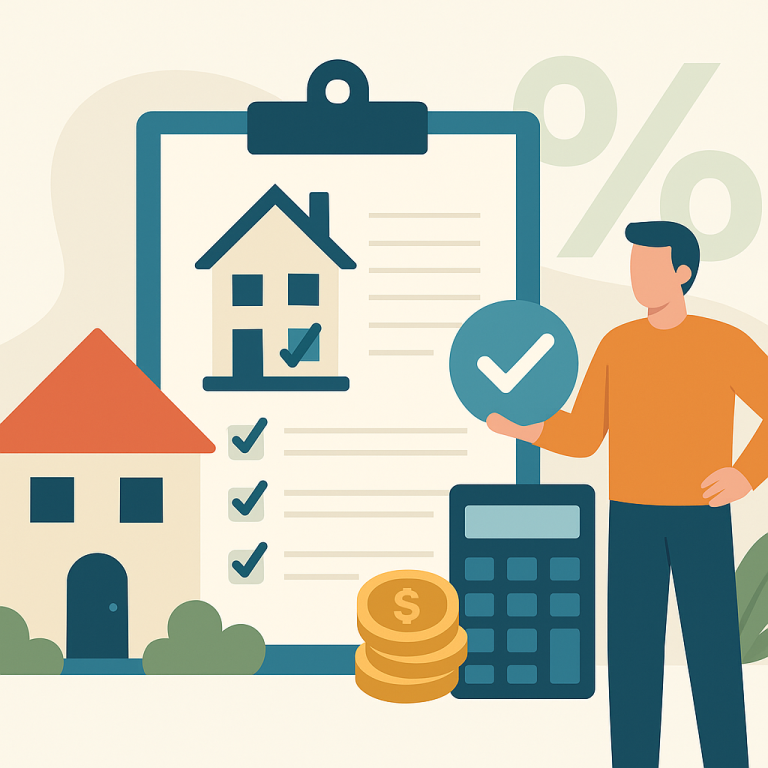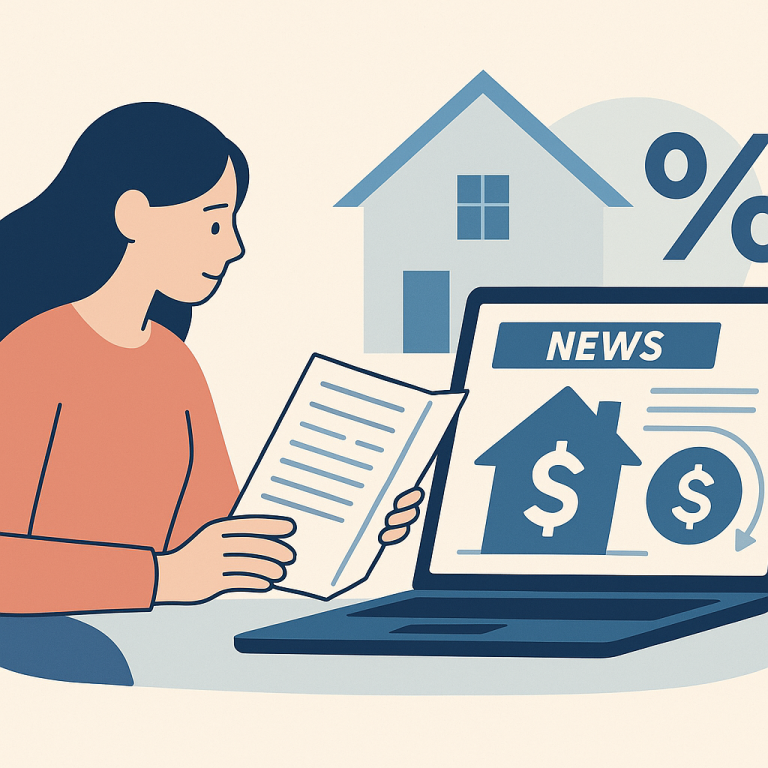Refinance guide low credit score refinance options
Low Credit Score Refinance Options: What Homeowners Need to Know
Refinancing a mortgage with a low credit score can feel daunting, but options exist for many borrowers. This guide explains when refinancing with a low score makes sense, the available programs, benefits and drawbacks, typical costs, a step-by-step process, common pitfalls, and answers to frequently asked questions.
What “Low Credit Score Refinance” Means and When It Makes Sense
A low credit score refinance means replacing your existing mortgage with a new loan despite having below‑average credit (commonly considered under 620 for conventional financing). Borrowers pursue these refinances to:
- Lower their monthly payment by obtaining a lower interest rate or extending the loan term.
- Switch from an adjustable‑rate to a fixed‑rate mortgage for stability.
- Tap home equity with a cash‑out refinance (where permitted by the program).
- Eliminate a co‑borrower, remove mortgage insurance, or consolidate debt.
Refinancing with a low score makes sense when the long‑term savings or strategic goals (lower payment, more stable terms, debt consolidation) outweigh the costs and when the new loan is sustainable given your income and debt load.
Common Refinance Options for Borrowers with Low Credit Scores
- FHA refinance and FHA Streamline: Designed to simplify refinancing for existing FHA borrowers; often allows lower credit scores and may permit reduced documentation and appraisal waivers in qualifying cases.
- VA IRRRL (Interest Rate Reduction Refinance Loan): For eligible veterans and active duty; typically easier underwriting than cash‑out VA loans and sometimes available with more flexible credit standards.
- USDA refinance: Rural loan program options exist that may be lenient on credit if other eligibility criteria are met.
- Portfolio and non‑QM lenders: Some community banks, credit unions, and non‑qualified mortgage lenders offer refinances to borrowers with lower scores, often at higher rates and with more flexible underwriting.
- Co‑signer or manual underwriting: Adding a co‑borrower with stronger credit or seeking lenders that manually underwrite applications may open opportunities.
Benefits and Drawbacks
Benefits
- Potentially lower monthly payments if you reduce rate or extend the term.
- Opportunity to move to a fixed rate from an adjustable rate for predictability.
- Access to home equity through cash‑out options (if available and prudent).
- Possibility to consolidate higher‑interest debt into a mortgage at a lower overall rate.
Drawbacks
- Higher interest rates and fees compared with borrowers who have strong credit scores.
- Mortgage insurance, funding fees, or higher upfront costs may apply and offset savings.
- Longer break‑even period: it can take years to recoup closing costs.
- Refinancing to a longer term may increase total interest paid over the life of the loan.
Costs and Fees to Expect
Refinance transactions typically include:
- Closing costs: 2%–6% of the loan amount (lender fees, title, escrow, recording).
- Origination fee: Charged by the lender for processing the loan.
- Appraisal fee: May be required unless the program waives it (some streamlined programs do).
- Mortgage insurance: FHA loans have MIP; conventional refinancing may require private mortgage insurance (PMI) if LTV is high.
- Funding fee: VA IRRRLs may include a VA funding fee unless exempt; it can often be rolled into the loan.
- Prepayment penalty: Rare for modern loans, but check your current mortgage for any penalties before refinancing.
Step‑by‑Step Refinance Process for Low Credit Borrowers
- Check your credit reports: Pull reports from the three bureaus and correct errors. Understand your score and the factors affecting it.
- Gather financial documents: Recent pay stubs, tax returns, bank statements, current mortgage statement, homeowner’s insurance, and ID.
- Shop multiple lenders: Include banks, credit unions, FHA/VA approved lenders, and non‑QM lenders. Ask about overlays (additional requirements beyond government program minimums).
- Get prequalified or preapproved: Compare rates, fees, and loan terms. Ask about fee waivers and whether costs can be rolled into the loan.
- Choose the best option: Consider total cost, monthly payment, and goals (short‑term savings vs. long‑term cost).
- Apply and submit documentation: Complete the formal application and promptly provide requested documents.
- Appraisal and underwriting: If required, arrange appraisal. Underwriting reviews income, assets, credit, and property value.
- Close the loan: Review the Closing Disclosure, attend closing, and sign. Funds are disbursed and the old loan is paid off.
Common Pitfalls to Avoid
- Assuming rate quotes reflect your final cost — lenders may add fees or rely on overlays. Always ask for a full Closing Disclosure.
- Failing to compare total cost and break‑even time — a lower monthly payment might not justify the upfront costs.
- Applying with new hard credit inquiries or taking on new debt during the process — this can reduce your score and derail approval.
- Overlooking mortgage insurance or funding fees — these can negate expected savings.
- Not verifying your current loan terms (prepayment penalty, payoff balance) — surprises at closing can occur if you’re unprepared.
Short FAQ
Q: Can I refinance with a credit score under 620?
A: Yes, in many cases. FHA and VA streamlined options, certain USDA programs, community banks, credit unions, and specialty lenders may refinance borrowers with scores below 620. Expect higher rates and possibly stricter documentation or higher fees.
Q: Will refinancing improve my credit score?
A: Refinancing itself doesn’t automatically improve your score. However, making on‑time payments on the new loan and reducing revolving balances can help over time. Be cautious: new hard inquiries and closing a mortgage account can cause short‑term fluctuations.
Q: Is an FHA streamline refinance a good option with low credit?
A: For existing FHA borrowers, a streamline refinance can be attractive because it may require less documentation, faster processing, and sometimes no appraisal. Eligibility and lender policies vary, so compare offers.
Q: How soon can I refinance after credit problems like foreclosure or bankruptcy?
A: Waiting periods vary by program. VA, FHA, USDA, and conventional loans each have specific timelines after a bankruptcy or foreclosure. Lenders also apply overlays, so speak with lenders about your specific situation.
Refinancing with a low credit score is possible but requires careful comparison, realistic expectations about costs and rates, and attention to timing and documentation. Shop broadly, consider both government programs and local lenders, and focus on the option that best meets your long‑term goals.
META: keywords=”low credit score refinance, FHA streamline, VA IRRRL, refinance with bad credit, refinance options, mortgage refinance FAQ”

